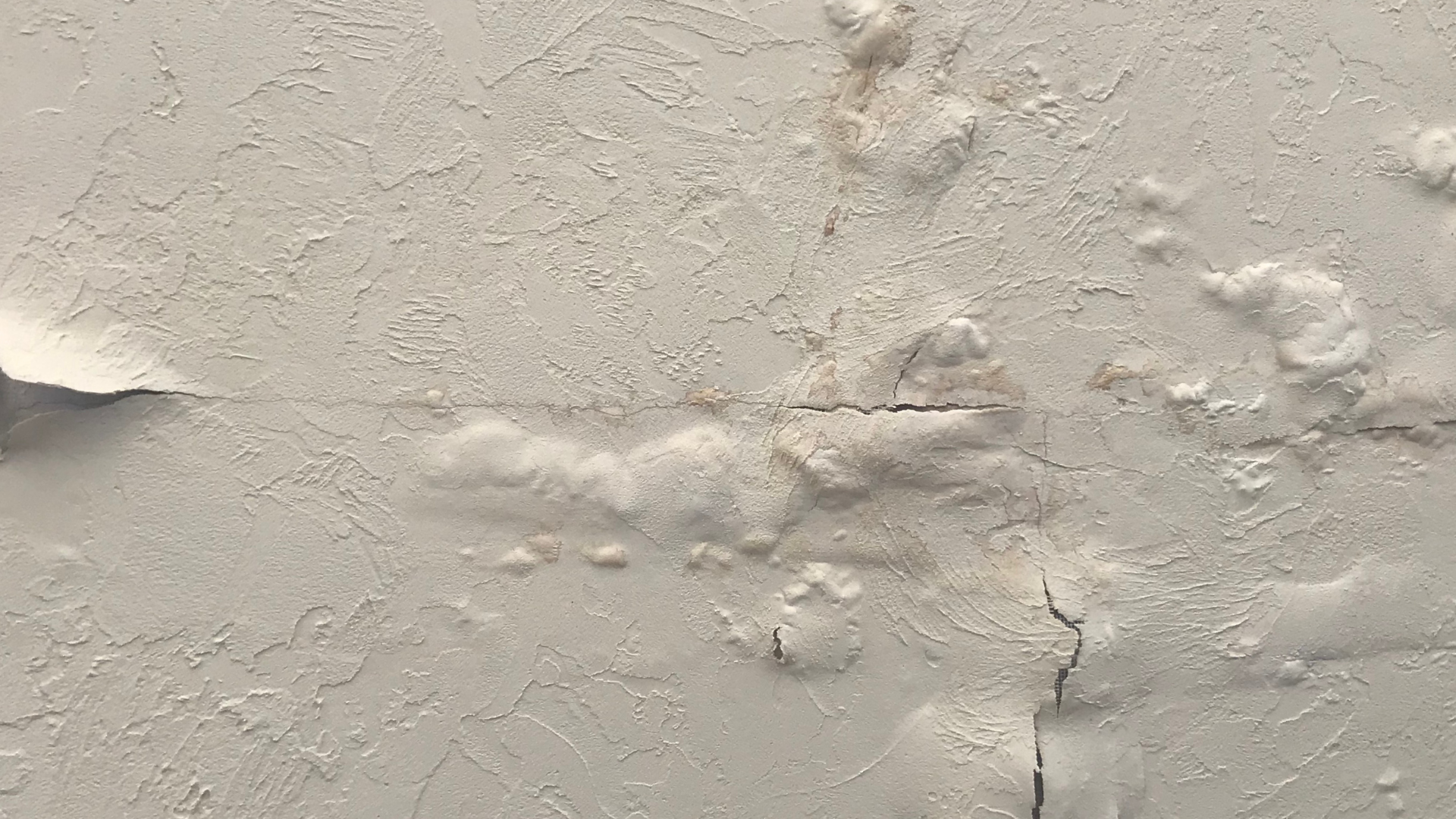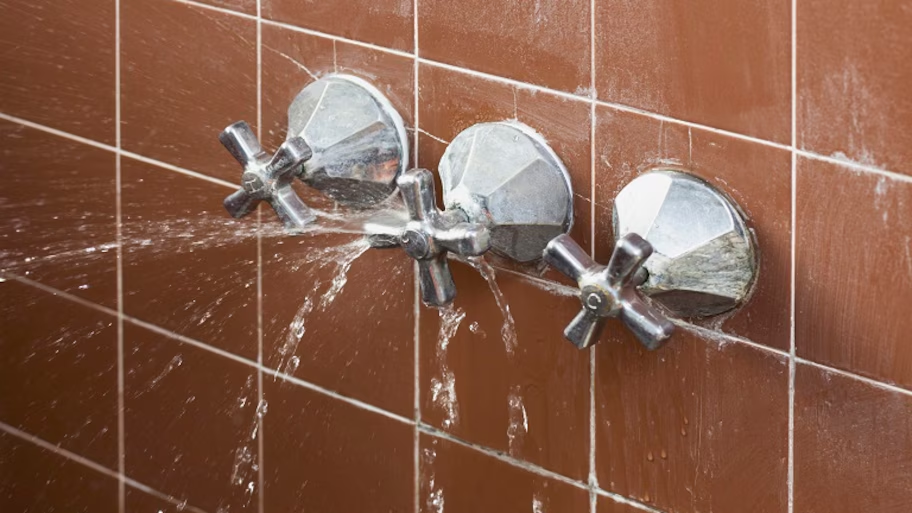This article down below relating to How to Repair and Prevent Bathroom Water Damage? is absolutely captivating. You should see for yourself.

Water damage often happens in the bathroom as a result of the water used day-to-day. Sometimes, the damage could be a little mold and mildew from the shower. Other times, it's large damages on your floor. Whatever it is, it is constantly great to know the reason and avoid it before it takes place.
This guide will undergo a few of the usual sources of water damage in the bathroom. We will also examine what you can do to avoid these causes from harming your bathroom. Let's dive in.
These are the usual factors you would certainly have water damage in your bathrooms and just how you can detect them:
Excess Dampness
It's amazing to have that lengthy shower and also splash water while you hem and haw as well as act like you're performing, but often these acts can create water damage to your shower room.
Splashing water around can create water to visit edges as well as form mold and mildews. Watch just how you spread out excess dampness around, and when you do it, clean it up to stop damage.
Splits in your wall ceramic tiles
Washroom wall surface tiles have actually been specially designed for that function. They secure the wall from moisture from people taking showers. Nevertheless, they are not indestructible.
In some cases, your shower room wall ceramic tiles fracture as well as enable some dampness to seep right into the wall surface. This could possibly destroy the wall if you don't take any activity. If you discover a split on your wall surface ceramic tiles, repair it immediately. Do not wait up until it destroys your wall.
Overflowing toilets and also sinks
As human beings, occasionally we make blunders that could cause some water damage in the bathroom. As an example, leaving your sink faucet on can cause overflowing as well as damage to various other parts of the bathroom with wetness.
Also, a damaged toilet might cause overflowing. As an example, a busted commode deal with or various other parts of the cistern. When this happens, it could harm the floor.
As quickly as you discover an overruning sink or bathroom, call a plumbing professional to help handle it instantly.
Ruptured or Dripping Pipelines
There are numerous pipes bring water to different parts of your restroom. Some pipes take water to the toilet, the sink, the faucets, the shower, as well as several other locations. They crisscross the tiny area of the washroom.
Occasionally, these pipelines could get rustic as well as ruptured. Various other times, human action might create them to leakage. When this takes place, you'll find water in the edges of your restroom or on the wall.
To detect this, watch out for gurgling wall surfaces, mold and mildews, or mildew. Call a professional emergency plumbing to repair this when it takes place.
Roof covering Leaks
In some cases, the problem of water damage to the washroom may not originate from the restroom. For instance, a roofing leak could cause damage to the bathroom ceiling. You can find the damages done by considering the water discolorations on the ceiling.
If you locate water spots on your ceiling, check the roof to see if it's damaged. Then, call a professional to help resolve the issue.
Verdict
Water damage to your shower room can be bothersome. However, you can manage it if you avoid several of the reasons mentioned in this guide. Call an expert emergency situation plumbing if you observe any kind of severe damage.
How to Prevent Water Damage in Your Bathroom?
Water damage repair is an expensive, meticulous, and lengthy process. Unfortunately, bathrooms are the most susceptible rooms to water damage due to toilets, showers, and sinks. Pipes and fixtures wear out over time and are not immune to damage. But all is not lost, as there are ways to prevent water damage from occurring in your bathroom.
Check Your Plumbing
Nothing lasts forever, especially pipes, which can rust and begin leaking over time. You should periodically conduct pipe inspections and pay attention for any musty smells or water stains that may indicate you need water damage repair. Here are some things to check:
Frequently test valves for your toilet, shower, and sink to ensure they are properly working. Check faucet supply lines hidden under vanities and replace when needed. Replace cracked or deteriorating caulking along sinks, tubs, and showers. If you notice a clog in your sink, call in a professional. Since you can’t check the pipes in the wall, keep an eye out for stains, drywall bubbling, musty smells, and excess moisture; if the bathroom is on a second level, check the ceiling of the room directly below for these signs. Don’t Overwork Your Toilet
One of the most common reasons bathrooms need water damage repair is due to overflowing toilets. Save yourself the hassle of cleanup by being mindful and not pushing your toilet to extreme limits. If you have young children, it is especially important to keep an eye on them when they are in the bathroom and to teach them how to avoid clogging the toilet. Here are some more tips to help prevent your toilet from overflowing:
If you have a septic tank, only use septic-safe toilet paper Do not flush anything down the toilet besides toilet paper; items like diapers and sanitary napkins will clog the piping Pay attention to your toilet’s water level: If it’s low, it could mean it is partially clogged or that there is a crack in the toilet bowl https://www.alure.com/home-improvements-blog/resources/how-to-prevent-water-damage-in-your-bathroom

I am very involved in How to Repair and Prevent Bathroom Water Damage? and I hope you enjoyed my piece. I beg you take a moment to promote this write-up if you appreciated it. We recognize the value of reading our article about How to Repair and Prevent Bathroom Water Damage?.
24/7 service, call!